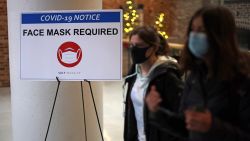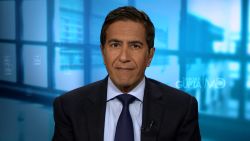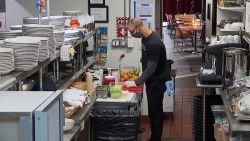Talk about taking a risk.
Opening a new restaurantisalways a high-wire act. But to do so during a pandemicwhen most US restaurants are unable to operate at full capacity and more than 110,000 are estimated to have closed their doors for good, itseems like setting yourself up for failure.
Yet data from Yelp shows that new restaurant and other food business openings in 2020 were down just 16% from 2019. And they were only down 4% in the fourth quarter relative to the year-ago period. Meaning some brave people are pushing ahead despite the current risks.
CNN Business reached out to a few new restaurant owners to learn why they decided to opentheir establishments during the pandemic.
Honoring black history and community
Communion openedinSeattle’s historically black Central District on December 5, 2020, a few weeks after Washington state banned indoor dining and discouraged large at-home holiday gatherings.
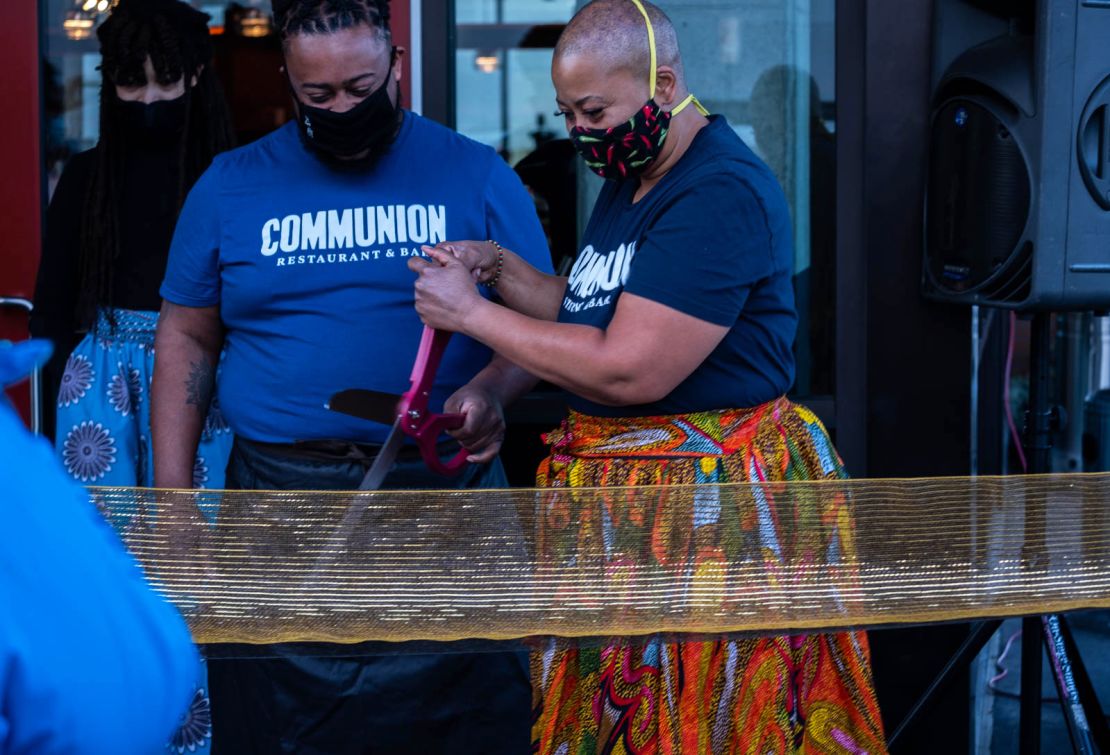
It’s the first restaurant for owners Chef Kristi Brown and her son, Damon Bomar. They also run a catering companytogether called That Brown Girl Cooks!.
Plans for Communion had been in the works for a couple of years as part of a larger community effort to honor the black history of Central District. The restaurant itself is situated on the site of the first Black-owned bank in the Pacific Northwest.
When patrons come through Communion’s front door they see the words “I am home” painted on the floor.
It’s a nod to the“I am a man” signs carried in 1968 by Black sanitation workers in Memphis who were on strike to protest abusive working conditions and economic injustice. Martin Luther King, Jr. spoke about that strike in his speech “I’ve Been to the Mountaintop,” given the night before he was assassinated.
Originally, the mother-son duo had hoped to open their restaurant in June 2020, Bomar said. But between pandemic restrictions on indoor dining and running a community kitchen that provided free food through their catering company, they decided December might be more feasible.
The delayed opening gave them time to create and implement a takeout model for the business for the foreseeable future, as well as add an outdoor patio.
They are now allowed to operate indoor dining at 25% capacity, but Bomar said they plan to wait another month or so before hosting in-person dinners since their takeout business is doing well. And they want to use the time to work on the best Covid protocols for inside dining and to hire more staff.
When asked why they chose to open at all during the pandemic, Bomar said it’s about their community.
“The biggest thing for us is we’re fulfilling a need and not just for food in thisarea,” he said. “Our goal and our vision was to create a sense of intimacy in Seattle for our community.”
Fulfilling a longtime dream
Steve Millan has worked in the restaurant industry for 25 years and estimates he’s opened more than a dozen restaurants in the United States and abroad. But he was always doing it for the companies and investors that owned them.
But on November 4, 2020, he opened his own restaurant for the first time. Calledthe Gray Hawk Grill,the restaurant is locatedon Manhattan’s Upper East Side. “I’ve wanted to own a restaurant since I was 15,” Millan said.
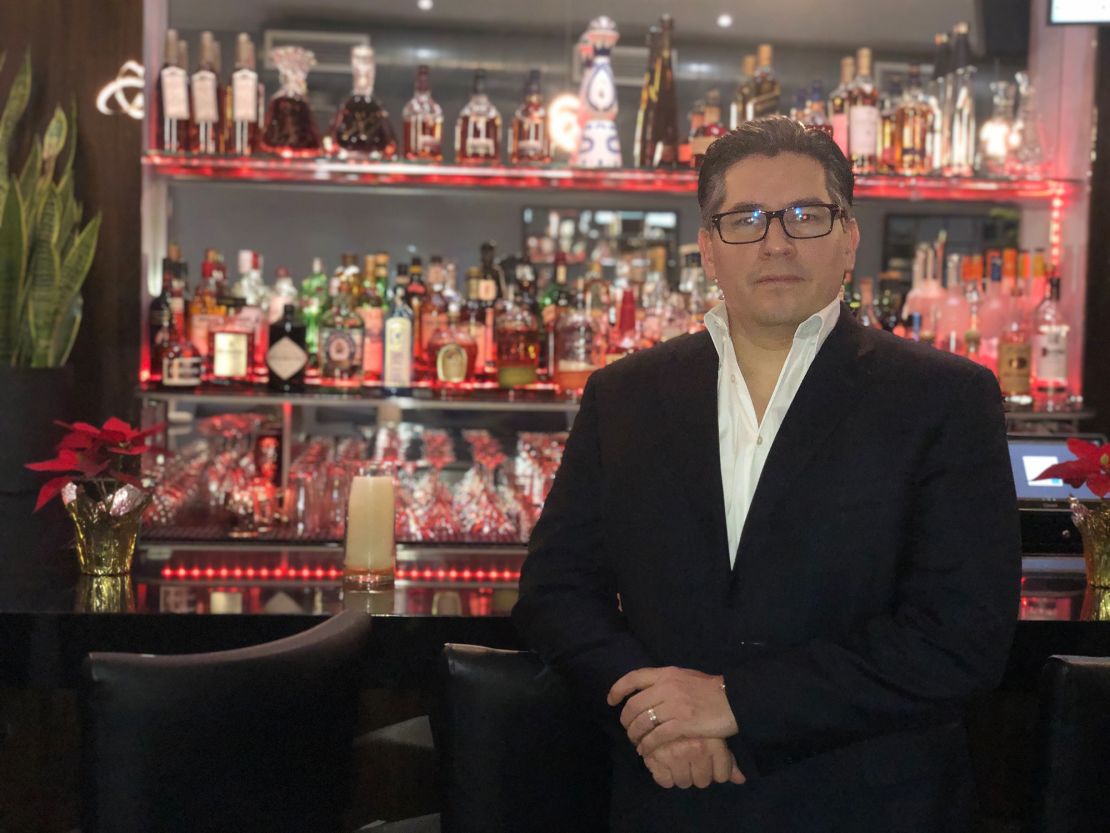
With encouragement from his mother and his wife, he finally pursued his dream after his most recent employer went bankrupt and he found himself out of a job.
“My mom said, ‘It’s time. You’ve been thinking about it forever – we’ll invest with you.’”
So in the fall of 2019 he formed a business, and together with savings, business credit cards and his parents’ investment, he created the Gray Hawk Grill.
Millan signed a lease for the restaurant’s location in February. “Then I got the keys four days before they shut the city down [in mid-March],” he said.
Hewasn’t allowed to renovate his space for three months.
It worried him that “the city that never sleeps” was effectivelyshut downindefinitely. And he questioned whether he should just give up.
His wife convinced him otherwise. “She said, ‘This is what you do. This is your specialty. Think about how hard it was to get a job before this. Who’s going to be hiring now? So let’s push forward and do this,’” Millan said.
The stay-at-home orders gave him a chance to finalize his menu and liquor and wine lists, and figure out how to renovate the restaurant’s space in a high-end but economical way.
It’s been a slow start for the Gray Hawk. Four days before it opened last fall, scaffolding went up on the block, obstructing the view of the restaurant from the street. Then a couple of weekslater,New York City again banned indoor dining. Soon the city will allow restaurants to operate at 25% capacity for in-person dining, which is still not enough for restaurant owners to break even.
But Millan said both he and his customers have been very happy with his restaurant’s food – a mix of American fare, which he said offers“a melting pot” of options.
And he remains hopeful that restaurants can resume operating at 100% capacity by summer.
Seeing opportunity despite the pandemic
Peter Kasperski has owned a lot of restaurants in his career, primarily in Scottsdale, Arizona.
But during 2020, he focused his attention on two new ones he founded with renowned mixologist Richie Moe in a growing arts and entertainment district in downtown Phoenix.
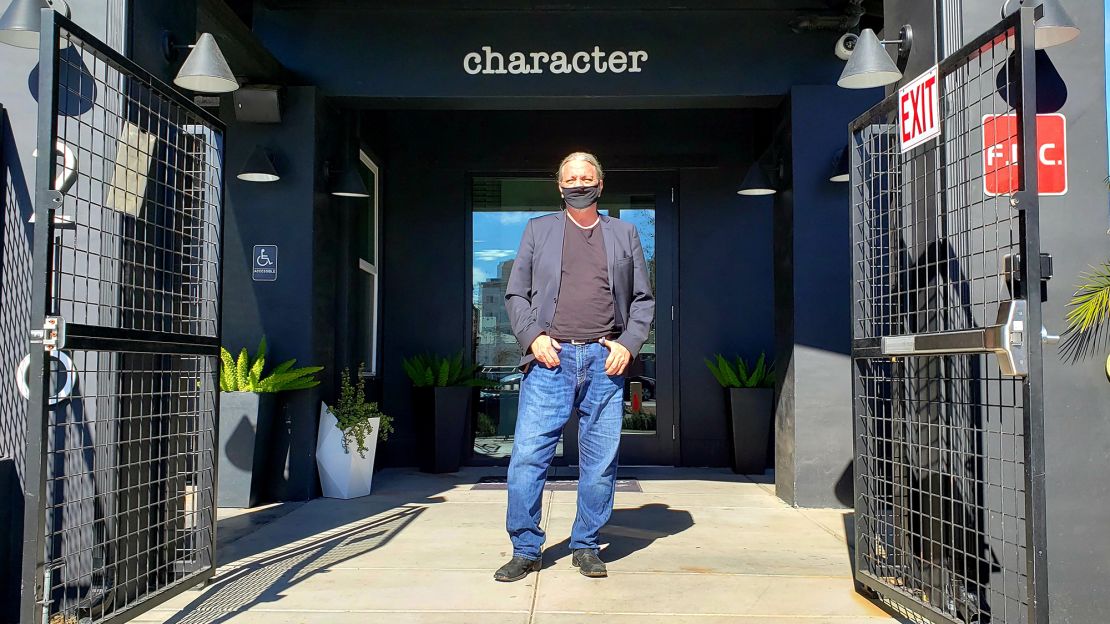
“It’s a really interesting little area that will thrive in the next couple of years,” Kasperski said, noting that businesses, housing and hospitals are going up nearby.
Kasperski and Moe opened their restaurant, Character, on November 20. And they plan to open Alias, a “modern speakeasy,”in the back of Character later this month.
He had alsobeen planning to create several other restaurants for the arts district last year, but he said the pandemic gave pause to the developers he was working with because it made clear just how volatile the food and beverage business could be.
“No one wants to lose money, but I’m willing to take a shot at stuff,” Kasperski said, explaining that he loves working with talented people and getting to be creative. By taking that kind of pleasure in one’s work, “typically the money follows,” he said, although he also acknowledges that isn’t always the case.
The uncertain, prolonged nature of the pandemic can make people want to give up. But, Kasperski said, “It’s not feasible for us to give up as a whole. The restaurant industry isn’t going away.”
In the meantime, Character and Alias are taking every Covid precaution, he said, from spacing out tables to having multiple washing and sanitation stations to using paper menus, masks and gloves. But he said he also thinks his restaurants offer a different kind of protection in a difficult time.
“For a mental health precaution, sometimes people need to get out of the g**damn house.”



